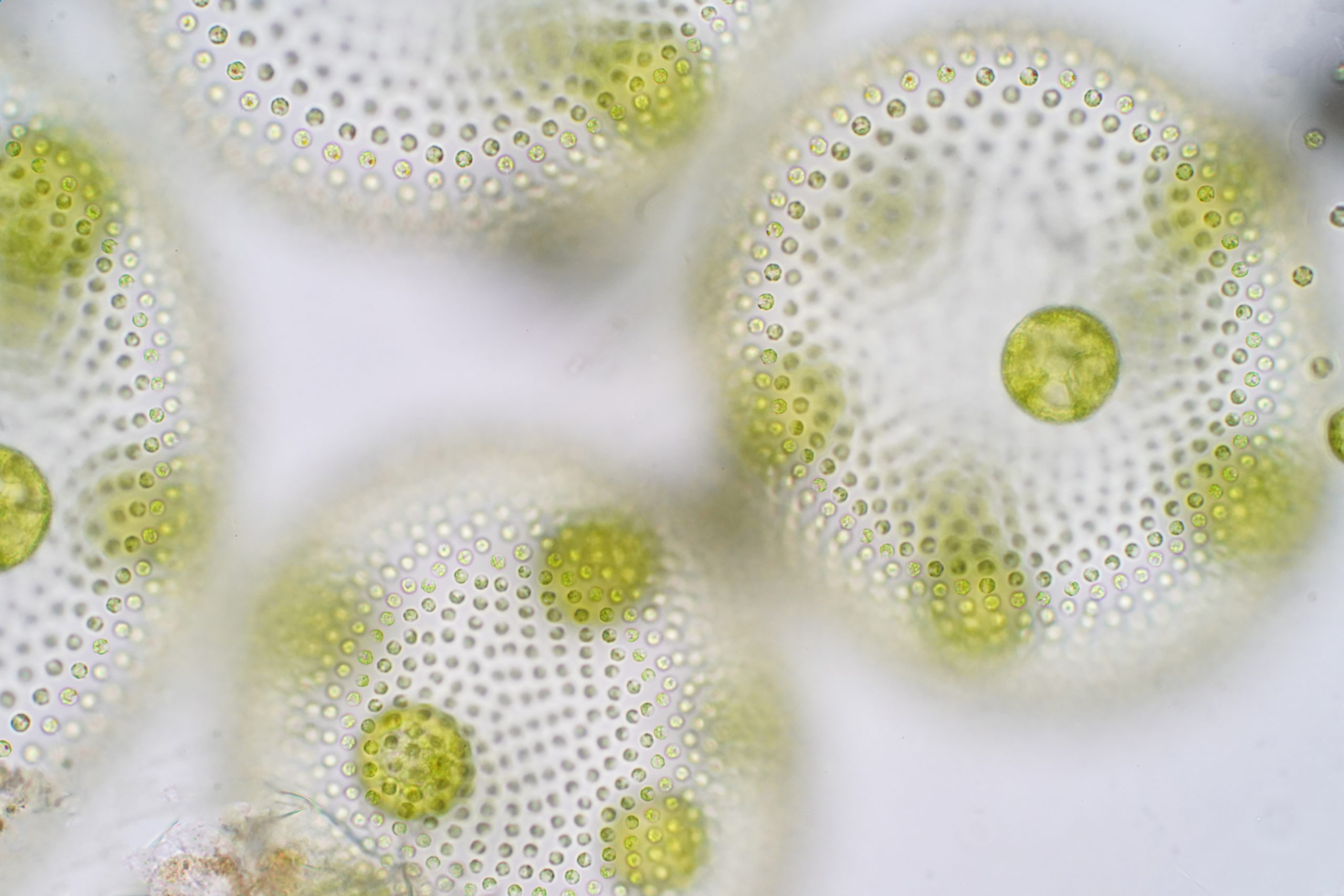I’m excited to announce that we have chosen a proposal for Boomerang’s 2021 climate donation. But before I do that, I’d like to back up and talk about how a productivity company ended up doing something like this on an ongoing basis.
When we started Boomerang, we committed to donating 5% of our profits (if we ever generated any, which was far from guaranteed in 2010!) to support education in Burma, where I grew up.
Weirdly, for a fast-growing startup, we actually became profitable in 2013. And that year, we donated a mobile school (a converted bus) that provided schooling for Burmese children working in tea shops through a project called myME.
The next year, once our bus had demonstrated the concept, Samsung donated a heaping pile of cash, and the project has added more and more buses every year since.
The following year, we supported the bus project as well as a technology community space in Yangon, a half mile from where I grew up, called Phandeeyar. It provides classes and technology training, plus became a seedling ground for Burmese tech startups.
From 2015 to 2020, we supported Build a School in Burma, building 7 schools, mostly in severely underfunded rural areas where the students had no schools at all.
In 2019, my cofounder (and husband) Alexander Moore hit his late 30s and had a mini midlife crisis. He floated the idea of abandoning the productivity world and finding a lab to join that worked on genetically modifying algae for carbon capture. Why algae specifically? Honestly, who knows?
Coincidentally, I had just finished reading a book called 80,000 Hours and convinced him that we should continue using our leverage of being really great in making productivity software to donate funds to labs working on climate technology to support. I also did a lot of research on what would be the most effective deployment with the check size that we can afford. It turns out that super experimental, early fundamental science research is hard to get off the ground before they can get to an NSF grant.
While planting billions of trees would make a big impact, $50k donation wouldn’t really go very far in that effort. Working on climate policy advocacy is also a great way to make an impact. But again, our $50k wasn’t going to move the needle much on K Street. But what we can do to make an outsized impact is fund an early experimental R&D lab working on new carbon capture technology for a year! It’s high variance, kind of like a startup! If it works, then they can publish a paper or two and start getting more established grants!
I also found that R&D is severely underfunded compared to other approaches.
That led to us finding a lab at Colorado State in 2019 through an introduction by Amy Simpkins (CEO of Mugrid) who was in a MIT Women’s group with me. The research project we funded was to work on thin-film micro-algae for carbon capture purposes, the first of Boomerang’s Climate Donations!
In 2020, I was connected to UC Davis One Climate Initiative through Pamela Reynolds of DataLab at UC Davis (through a group called MomsInTech). The project was working on carbon capture through soil amendments. We even got to visit with them in the field!
Which brings us to 2021. This time around I wanted to see if we could send out a request for proposals that we can pick from. We got about two dozen proposals all delightfully interesting in their own way.
We chose micro-algae-driven carbon capture research led by Dr. Yantao Li at University of Maryland for Boomerang’s 2021 Climate Donation.
You can read more about Dr. Yantao Li’s work here.
We are so excited to see their work next year!
A very big thank you to everyone who shared our call for proposal and who submitted.

